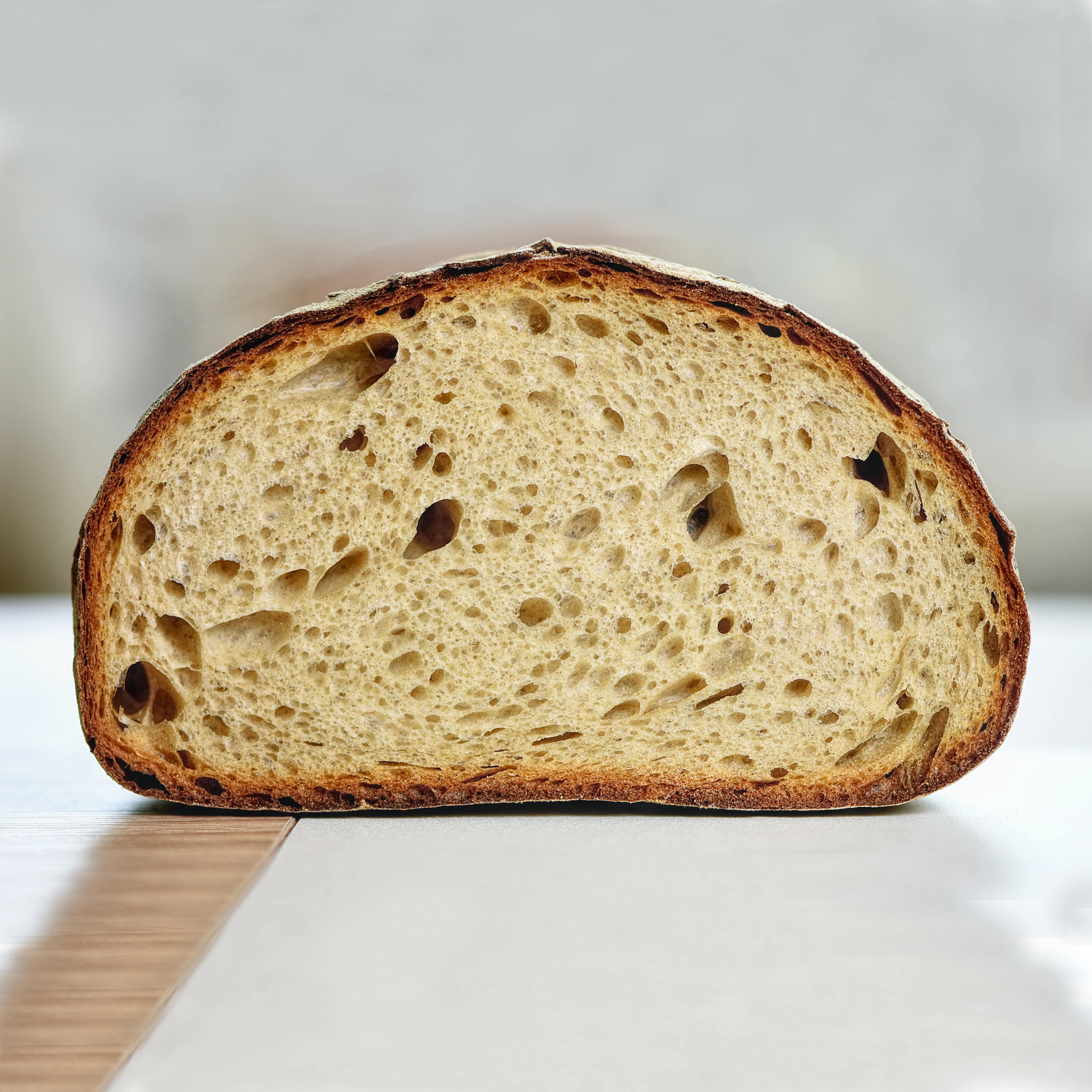
Summary
Scientists were not immune to the home baking trends that grew out of a year of self-isolation and working from home. A creative application of soda bread as scaffolding for tissue engineering produced some exciting results and highlights the value of keeping it simple.
What is tissue engineering?
Tissue engineering, or creating artificial living tissues outside the body, is a rapidly developing field with strong applications in biomedicine and the cultured meat industry (1). One of the greatest challenges of constructing artificial tissues is the need for a 3D scaffold to simulate the structural environment that connects cells in the body (2). In general, the in vitro approach to tissue engineering uses a non-living scaffold that is seeded with cultured cells or stem cells (3). The cells on the scaffold are bathed in nutrients, growth factors and oxygen and allowed to grow and develop into a continuous tissue (3).
Homebaking trend sets off new scaffold idea
When COVID-19 hit, a group of researchers based at the University of Ottawa, Canada were working on the scaffolding problem using cellulose biomaterials derived from plants (2, 3). In their pre-print manuscript from bioArxiv, the researchers cite the home baking trend that cropped up as people around the world were forced to work from home as inspiration for a new scaffolding idea (1). Some of the lab members were learning how to bake bread from home, which led to group discussions about the potential suitability of bread as a 3D tissue scaffold.
Three key characteristics that make bread a useful tissue scaffold.
- Bread is porous - The air pockets that give bread its spongy, delightful texture are also important for sustaining artificial tissue growth. High porosity reduces the chance of cell death from anoxic microenvironments and allows cells to migrate throughout the scaffold for maximum connectivity (1).
- Bread is a biocompatible biomaterial - As a biomaterial composed of mostly household items, bread is an efficient and generally safe choice for tissue scaffolding. The process of baking bread is also much faster than the construction of more complicated plant-based or polymer scaffolds (1).
- Bread contains about 12% protein - Wheat bread is mostly made of starches, but protein plays the biggest role in tissue scaffolding (1). Some of the main plant-based proteins under study are gluten and albumin from wheat and zein and camelina from soy (1).
Future outlook for soda bread in tissue engineering
Researchers hypothesized that soda bread, due to the high porosity, biocompatibility, and easy recipe, could be a good scaffold for in vitro tissue engineering. This method could be especially advantageous for the cultured meat industry because all materials involved should be safe for consumers (1). The key takeaway from this project is that while complex synthetic materials are often preferred in tissue engineering, naturally occurring biomaterials should not be overlooked.
References
- Holmes, JT., Jaberansari, Z., Collins, W., et al. Homemade Bread: Repurposing an Ancient Technology for Low Cost in vitro Tissue Engineering. bioRxiv (2020). https://doi.org/10.1101/2020.11.13.353698
- Hickey RJ., Pelling AE. Cellulose Biomaterials for Tissue Engineering. Front. Bioeng. Biotechnol. 7:45 (2010) https://doi.org/10.3389/fbioe.2019.00045
- Howard, D., Buttery, LD., Shakesheff, KM., Roberts, SJ., Tissue Engineering: strategies, stem cells and scaffolds. J. Anat. 213:1 (2008), 66-72. https://doi.org/10.1111/j.1469-7580.2008.00878.x


![Join Sterlitech at BIO 2024 [Booth #5558]: Exploring the Future of Biotechnology](https://www.sterlitech.com/media/magefan_blog/b4.jpeg)

